Nerve Blocks
Are you tired of chronic pain?
You are in the right place.
A nerve block may be the answer you’re looking for. Whether you have back pain or knee pain or hip pain or shoulder pain or pelvic pain or any type of pain, that pain signal is transmitted via a nerve to the brain. Using ultrasound or x-ray guidance, our doctors can target the nerve precisely and inject an anesthetic that will silence pain temporarily. If the pain is susccefully reduced, our doctors will proceed with Radiofrequency Ablation to permanently silence this nerve.
Occipital nerve blocks
Occipital nerve can be blocked using ultrasound guidance. It is typically located immediately above your neck, in the back of your head. Occipital nerve can be the culprit for migraine headaches, chronic tension headaches, occipital neuralgia, cervicogenic headache and others.

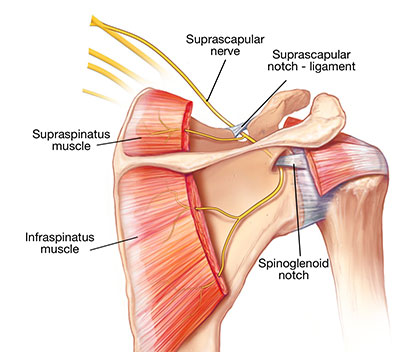
Suprascapular nerve blocks
Suprascapular nerve is located above your shoulder blade. Blocking or ablating Suprascapular nerve has been a successful and effective strategy to reduce shoulder pain due to various conditions such as rotator cuff tear, frozen shoulder, arthritis. Suprascapular nerve stimulation is a new advanced technique that is reserved for advanced case. Your doctor will guide you through every step to select the best treatment for you. Surgery may be avoided with these simple treatments can be done in office.
Genicular Nerve Block
A genicular nerve block temporarily blocks the nerve signals in the knee. This procedure is primarily used as a diagnostic test for radiofrequency ablation (RFA) candidacy; patients who respond well to a genicular nerve block often proceed with the genicular RFA, which provides more prolonged pain relief. Peripheral Nerve Stimulation using a special device is another option to reduce your pain and avoid surgery.
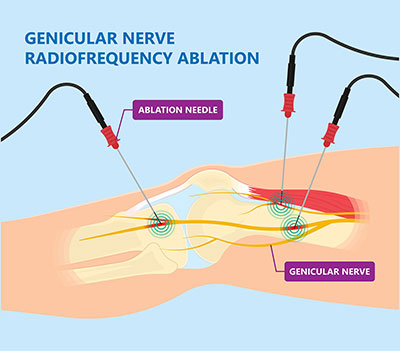

Intercostal nerve blocks
Obturator / Femoral Nerve block

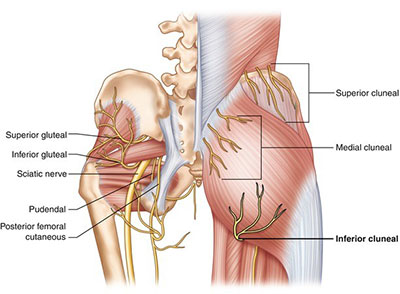
Cluneal Nerve Block
Sympathetic nerve blocks
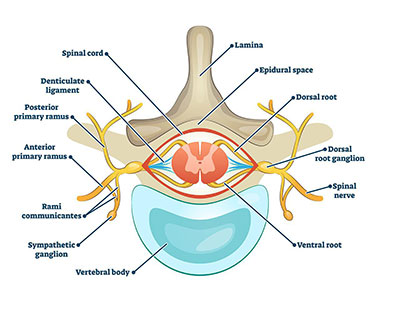
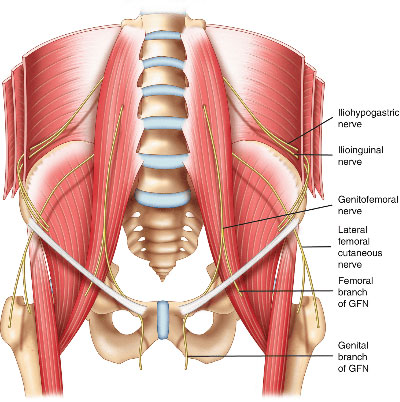
Iliohypogastric nerve block
Medial Branch Nerve block
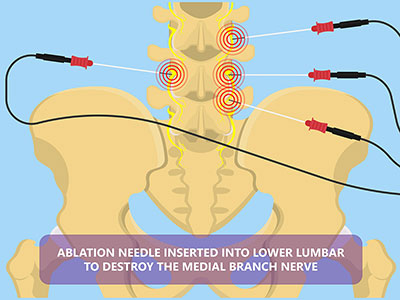
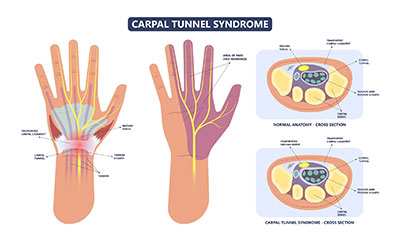
Pudendal Nerve Block
Lateral Femoral Cutaneous Branch Block
